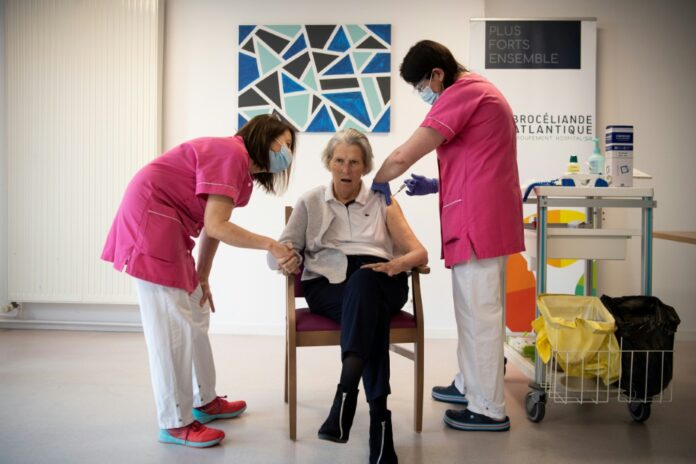[ad_1]
With both Covid-10 vaccines now in distribution, more shots are reaching more arms. But, more shots yield more data, more reactions, and hence, more problems. Are the vaccines still safe? Despite news that one lot of the Moderna vaccine given in one California clinic had caused severe reactions in people numbering in the single digits, the answer, for most people, is yes.
Allergic reactions
Allergic reactions are an unlikely but real risk with either vaccine. A CDC report recently released last week showed 4,393 adverse reactions out of 1.9 million Pfizer doses administered — 0.2%, as of December 23rd, Of those, 21 were severe enough to count as anaphylaxis — 11.1 cases per million doses. 17 of those patients had a history of allergies.
The CDC recommends that people with existing allergies use caution before receiving either vaccine. People who have had reactions to other vaccines should consult their doctors, while people allergic to any components of the vaccines should not receive it at all. Those who have had “severe allergic reactions not related to vaccines or injectable medications—such as food, pet, venom, environmental, or latex allergies” or “a history of allergies to oral medications or a family history of severe allergic reactions” can still get the vaccine.
Many of the allergic reactions may be related to the presence of a microplastic called polyethylene glycol (PEG) used in both vaccines, Science magazine theorizes. CDC guidance now says, in bold, “People who are allergic to PEG or polysorbate should not get an mRNA COVID-19 vaccine.”
And in California, the state is pausing distribution of Moderna Lot 041L20A until an investigation including the CDC, Moderna and state officials is complete. The release said that more than 330,000 doses from that same lot were distributed to 287 providers statewide, and that so far, no incidents have been reported.
Risks for the frail
The coronavirus pandemic has been especially dangerous for the elderly, with those over 65 the most at risk for contracting the disease; and nursing home residents making up the majority of deaths in many areas.
The vaccines could prove dangerous for these vulnerable elderly populations.
In Norway, 23 elderly patients classified as “frail” have died after receiving mRNA vaccines. The country has n ot yet established a clear link between the vaccine and these deaths, as they do not fall outside the average mortality for the month. Nonetheless, they do not write off the possibility of an impact.
Sigurd Hortemo, chief physician at the Norwegian Medicines Agency, explained, “The reports suggest that common adverse reactions to mRNA vaccines, such as fever and nausea, may have contributed to a fatal outcome in some frail patients.”
Safeguards
The CDC has issued an extensive guide to help vaccination sites prepare for potential allergic reactions.
The main parts of this plan are:
- 15-minute observation by a medical professional after the vaccine (30 if the recipient has a history of anaphylaxis or reactions to medicine)
- Preparing tools such as epinephrine, antihistamines, stethoscopes, blood pressure cuffs, and pulse monitoring equipment at vaccination sites
- A rapid response framework for immediate care and emergency medical services
The CDC has also expanded its normal safety monitoring systems, with additional reporting from long-term care facilities and insurer databases alongside a new smartphone-based post-vaccination health checking system called v-Safe. People can report to the CDC any health issues they have after receiving the vaccine. The system will remind users when it is time to get their second shot.
The v-Safe app is just one of many technologies in development to help address the pandemic. A new agreement between the National Institute of Standards and Technology and Department of Health and Human Services will help such innovations come to market faster in the future.
[ad_2]
Source link












